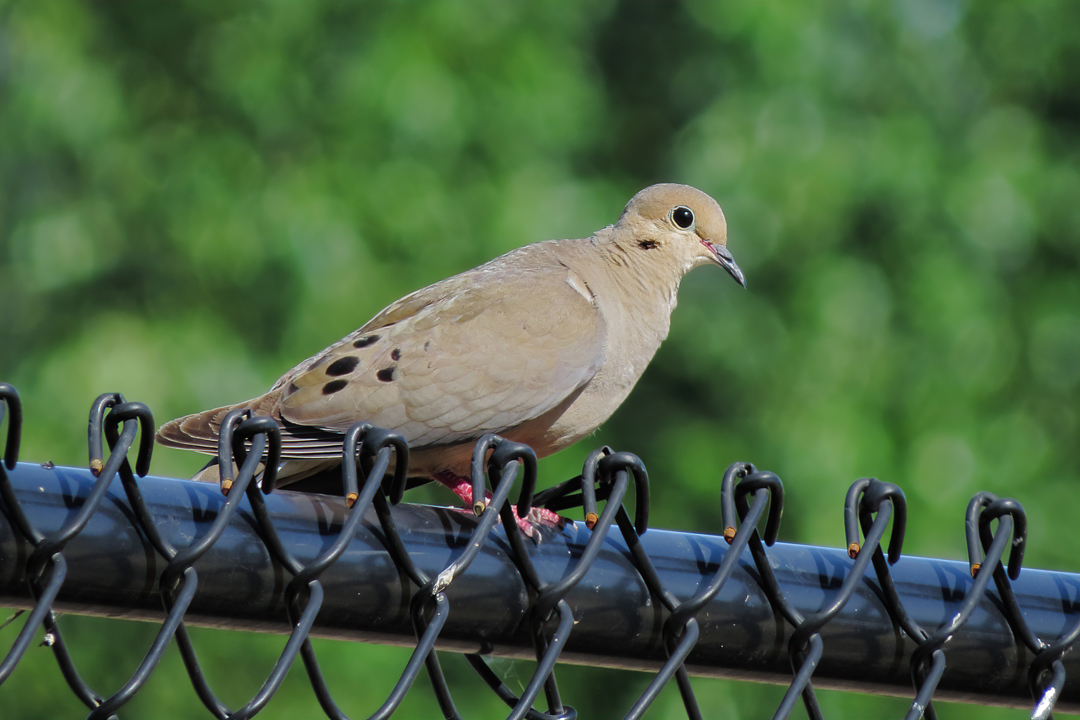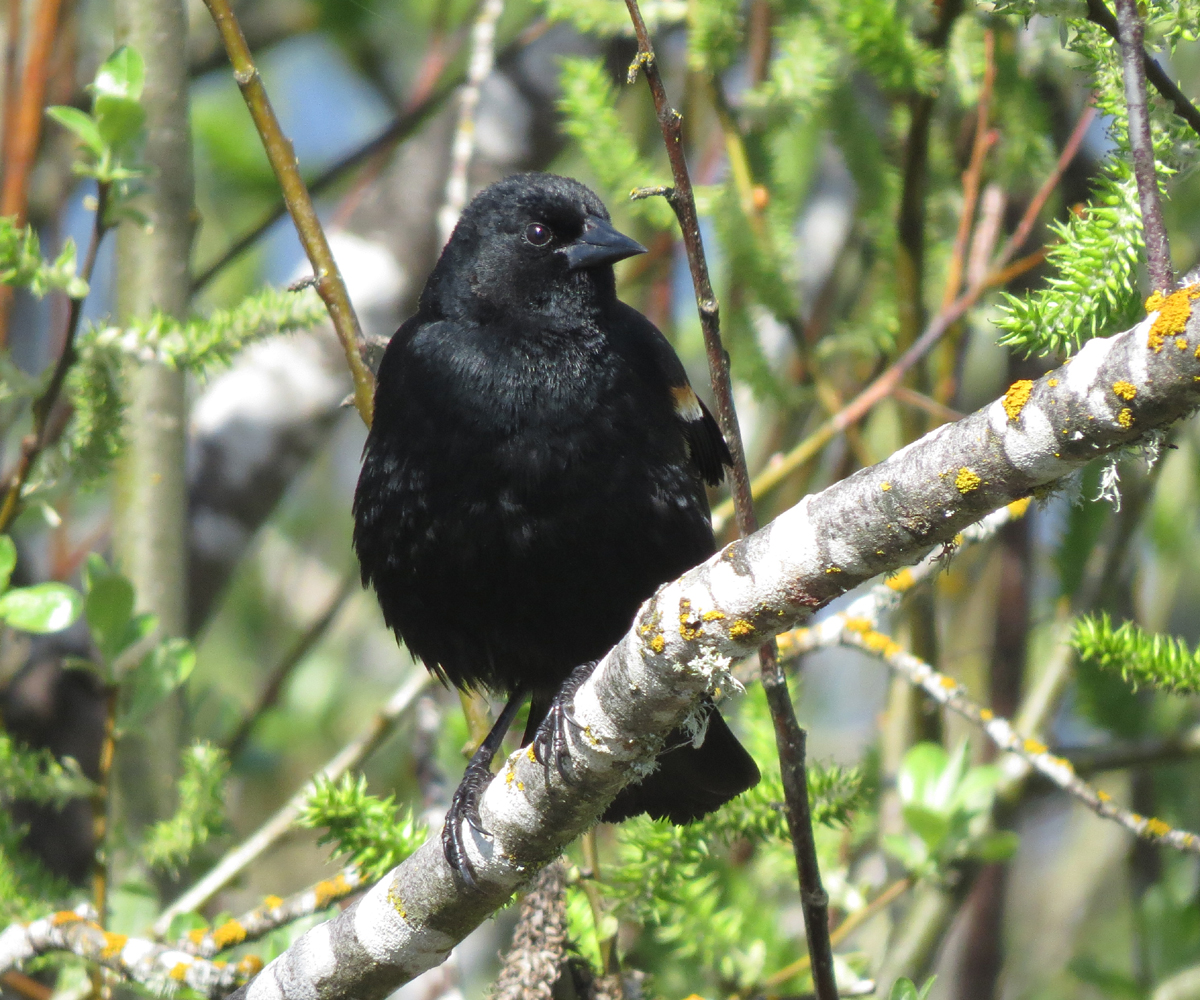
I enjoyed a walk around Fernhill Wetlands recently. We are in that in-between time when the seasons haven’t decided exactly who is in charge, so you never know what or who you will find out and about this time of year. This Black Phoebe still shows the pale gape and buffy wingbars of a juvenile.

Most of the migrant shorebirds have moved on, but this wayward American Avocet was hanging out with the local waterfowl.

American Coot, enjoying their greens

I still haven’t taken the leap into studying dragonflies, but I am noticing them more and more. I believe this is a female Cardinal Meadowhawk, but please correct me if I am wrong.


Southbound raptor migration is pretty hit and miss in the Portland area. You have to be out at the right time when a flock is passing over. I missed the big flights this year, but did get to see a little flock that included a couple of Red-shouldered Hawks.

I don’t know if this Red-tailed Hawk is a migrant or a resident.

Now that the rains have begun, the Pacific Treefrogs have become more vocal and more visible. This youngster was sitting in the middle of a leaf on a cottonwood sapling. I missed most of the spring herp activity this year due to the demands of a certain puppy, so it has been great to see a few herps this fall.
Happy Autumn









 Black-headed Grosbeaks are one of our more attractive summer residents.
Black-headed Grosbeaks are one of our more attractive summer residents. Lots of babies have already fledged. Here a Red-winged Blackbird is being harassed by a hungry youngster.
Lots of babies have already fledged. Here a Red-winged Blackbird is being harassed by a hungry youngster. It has been such a delight to have an active Purple Martin colony at Fernhill the past few years.
It has been such a delight to have an active Purple Martin colony at Fernhill the past few years. Purple Martin on an unclouded day
Purple Martin on an unclouded day Ospreys were soaring high over Fernhill Lake. I didn’t see any dive for fish while I was there.
Ospreys were soaring high over Fernhill Lake. I didn’t see any dive for fish while I was there. The ducks have started their summer molt, but the Pied-billed Grebes are still looking dapper.
The ducks have started their summer molt, but the Pied-billed Grebes are still looking dapper. A lovely Mourning Dove on an ugly fence
A lovely Mourning Dove on an ugly fence The most unusual bird of the day was this Western Grebe. They are frequent winter visitors here, but they do not nest anywhere nearby.
The most unusual bird of the day was this Western Grebe. They are frequent winter visitors here, but they do not nest anywhere nearby.






























































